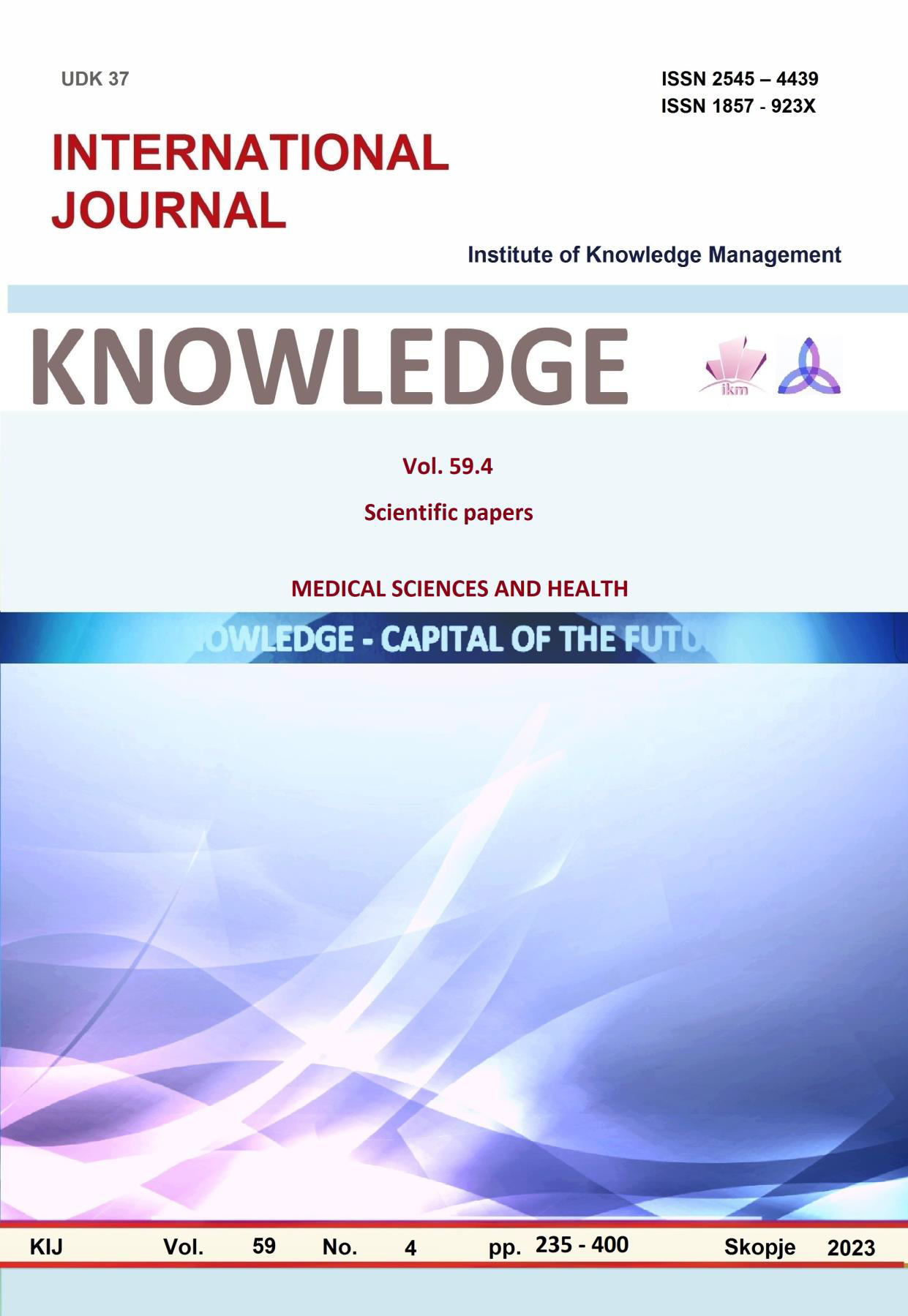ЕФЕКТОТ НА ПАНДЕМИЈАТА COVID-19 ВРЗ ОПТЕРЕТУВАЊЕТО СО СЕЗОНСКИ ГРИП
EFFECT OF COVID-19 PANDEMIC ON INFLUENZA BURDEN
Author(s): Milica Simova, Golubinka Boshevska, Maja Kuzmanovska, Teodora Buzarova, Marija Darkovska SerafimovskaSubject(s): Social Sciences, Sociology, Health and medicine and law
Published by: Scientific Institute of Management and Knowledge
Keywords: influenza;flu;SARS-CoV-2;transmission
Summary/Abstract: Flu or influenza is a contagious viral disease that most often occurs in the autumn and winter months with symptoms that are typical for infections of the upper and lower respiratory tract. According to the World Health Organization, lower respiratory tract infections are the fourth leading cause of death in the world. Due to the huge mortality (about 290 000 to 650 000 annually), especially among vulnerable populations with acute heart failure, chronic pulmonary disease, diabetes etc; as well as the increased incidence of acute complications: myocarditis, encephalitis, myositis, respiratory and kidney failure; and worsened long-term medical conditions, information regarding the burden with respiratory viruses, in the direction of public health protection are very important. There are several types of influenza viruses (A, B, C and D), of which the most common in humans are viruses type A (H3N2, H1Npdm09), known as a cause of outbreaks and pandemic, and type B (B/Yamagata or B/Victoria lineage). During the severe acute respiratory syndrome coronavirus 2 (SARS-CoV-2) pandemic, a significant global decrease in influenza cases was recorded. It is believed that the restrictive measures taken to reduce the transmission of SARS-CoV-2, such as: social distancing, wearing masks and increased hygiene measures, as well as restrictions on travel and movement, are the main factors that caused a decrease in the influenza burden and probably had a huge impact in preventing the spread of influenza and other respiratory pathogens The aim of this research is to make a retrospective analysis of detected influenza virus before, during and after the SARS-CoV-2 pandemic, and to determine the impact of SARS-CoV-2 on the burden and occurrence of influenza in the R. N. Macedonia. The analysis is conducted on reported influenza cases and samples tested with Reverse transcription polymerase chain reaction (RT-PCR) for SARS-CoV-2, influenza type A and B at the Institute of Public Health in the period January 201 - June 2023. Out of 129,114, total reported cases from 2016 – 2023, 15 379 cases were reported during the SARS-CoV-2 pandemic seasons with the lower number of 1127 reported cases in the 2020/21 season and 3690 in the 2021/22. Lower number of samples tested (only 35) and the smallest positivity rate for influenza of 5,71% was observed 2020/2021, in comparison with positivity rate before pandemic from 37,21 – 50,29%. Different serotypes dominate during the analysed seasons. Influenza e A(H3N2) is dominantly detected in 3 seasons (2016/17, 2018.19 and 2021/22), although there are seasons with domination of A(H1N1) pdm09. From the analyzed seasons, a decreased number of reported influenza cases during the period of highest SARS-CoV-2 activity and adherence to restrictive measures is observed.
Journal: Knowledge - International Journal
- Issue Year: 59/2023
- Issue No: 4
- Page Range: 303-308
- Page Count: 6
- Language: Macedonian

